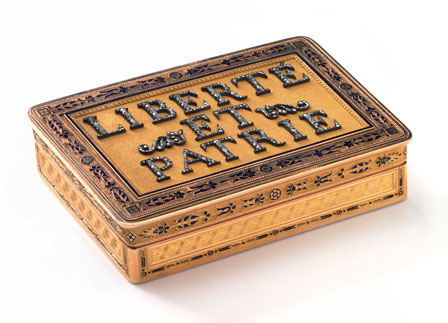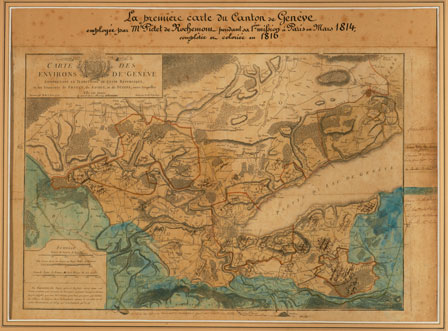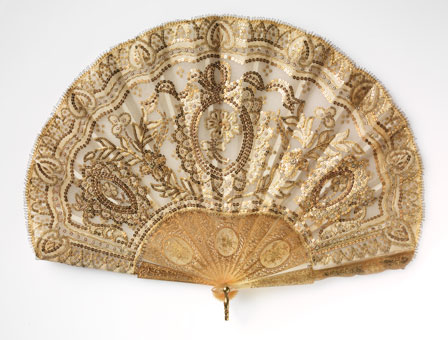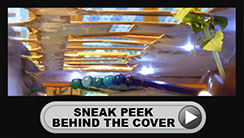
© Swiss National Museum
Throughout 2015, the Swiss National Museum is reappraising three dates in Swiss history in the light of recent research: 1315 at the Forum of Swiss History in Schwyz, 1515 at the National Museum in Zurich, and 1815 at Château de Prangins.
As part of this reappraisal, the Swiss National Museum – Château de Prangins is presenting a new temporary exhibition entitled “Switzerland reshaped. From Napoleon to the Congress of Vienna”. Running from 13 March to 13 September 2015, the exhibition is using innovative and original materials such as vox pops and specially recorded interviews with historians, to explore the creation of a new Switzerland at the Congress of Vienna (1814-1815). It also links to issues of contemporary relevance, such as the meaning of neutrality and independence for a Switzerland at the heart of Europe.

© Fondation des Archives de la Famille Pictet
This exhibition highlights the crucial role accorded to Switzerland in the massive reshaping of Europe carried out by Austria, Russia, Prussia and Great Britain from the fall of Napoleon up to and including the Congress of Vienna. It reveals what was at stake for Switzerland – a country on the verge of civil war and torn between reactionary factions and new forces. In the quest for a lasting peace that would curtail any attempt at revolutionary resurgence, Switzerland is one of the key elements in the reconstruction of post-Napoleonic Europe. The continent has been ravaged by almost twenty-five years of revolutionary and imperial wars, and there is scarcely a more turbulent period in the history of Switzerland.
In 1815, Neuchâtel, Valais and Geneva join the Swiss Confederation, while Bern receives much of the lands belonging to the former Bishopric of Basel, which now make up the canton of Jura and the French-speaking part of the canton of Bern. These developments change the linguistic and religious balance of Switzerland, and establish the frontiers we know today. At the same time, the great powers recognise Switzerland’s sovereignty and independence as well as its permanent neutrality.
These issues are examined through a range of key objects from the priceless to the unusual, as well as interviews with passers-by in the street and with historians. Finally, an interactive terminal created in association with the University of Geneva shows that Swiss people’s everyday lives are less affected by the Congress of Vienna than by the famine that rages following a volcanic eruption in Indonesia.

© Swiss National Museum
Families and younger visitors
The education service of the Swiss National Museum – Château de Prangins has developed a fun tour designed to enhance family visits to the exhibition by guiding visitors towards various aspects that are of particular interest to younger audiences.
About Château de Prangins
A historic monument of national importance built in the years 1730-40, Château de Prangins opened its doors in 1998 as the home of the Swiss National Museum – a public institution of the Swiss Confederation – in western Switzerland.
Open throughout the year, this château and museum offers an extensive programme of exhibitions and events. Thanks to its main permanent exhibition “Noblesse oblige! Life at a Château in the 18th century”, it is recognised as a centre of expertise on the Enlightenment.
With its interiors and gardens – including a traditional kitchen garden that is the largest of its kind in Switzerland – it is a major tourist attraction on Lake Geneva and one of the five most visited castles in the country.
Swiss National Museum Château de Prangins
Av. Général Guiguer 3
CH – 1197 Prangins
058 469 38 90
www.chateaudeprangins.ch
www.1815en.chateaudeprangins.ch
Open daily from Tuesday to Sunday
Public holiday opening: Open Easter Monday, Ascension Day, Whit Monday and Saturday 1 August.








